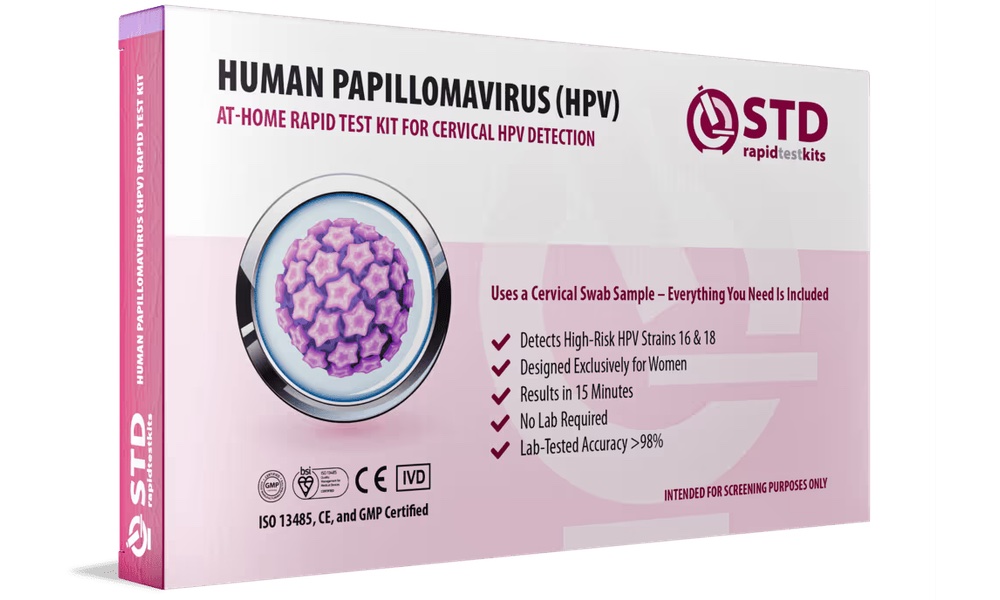What’s the difference between a heart attack and a myocardial infarction? Basically, it’s that people understand one term but not the other. Both terms describe the same condition.
These forms are supposed to explain the rights, risks and responsibilities of study participants. Instead, they were often as confusing as cell phone contracts.
So why do medical professionals and researchers keep writing and saying myocardial infarction and seborrheic dermatitis instead of dandruff? Probably because these are the terms that were taught to them during their many long years of schooling. They work fine when professionals are communicating among themselves. They don’t work so well when communicating with the general public.
Maybe there’s a better way.
To help make consent forms more understandable, Ridpath founded the Project to Review and Improve Study Materials (PRISM). It focuses on having the researchers communicate in plain language, not the specialized language of medical schools and journals.
The centerpiece of PRISM is a Toolkit containing side by side examples of easy and hard to understand writing. It also contains a long list of terms commonly used by medical professionals and simpler substitutes for them. Links to workshops, an editing service and other resources are available to anyone who is interested. The 80 page PDF of the Toolkit can be downloaded free of charge at https://www.kpwashingtonresearch.org/about-us/capabilities/research-communications/prism.
While the Toolkit deals with written communication, its ideas work for verbal communication too. Myocardial infarction is just as confusing spoken as it is written.
The Toolkit emphasizes lowering the reading (grade) level of written material. This sounds like dumbing down, but it’s really more about clarity. There’s no information lost by saying proof instead of empirical evidence or cause instead of etiology. These changes make material easier for people to understand.
The Toolkit could also be useful to those who interact with medical professionals or researchers. After all, when was the last time you got to prescribe something for your doctor?
An article on PRISM and its evolution was published in the July/August 2009 issue of the American Journal of Health Promotion.




